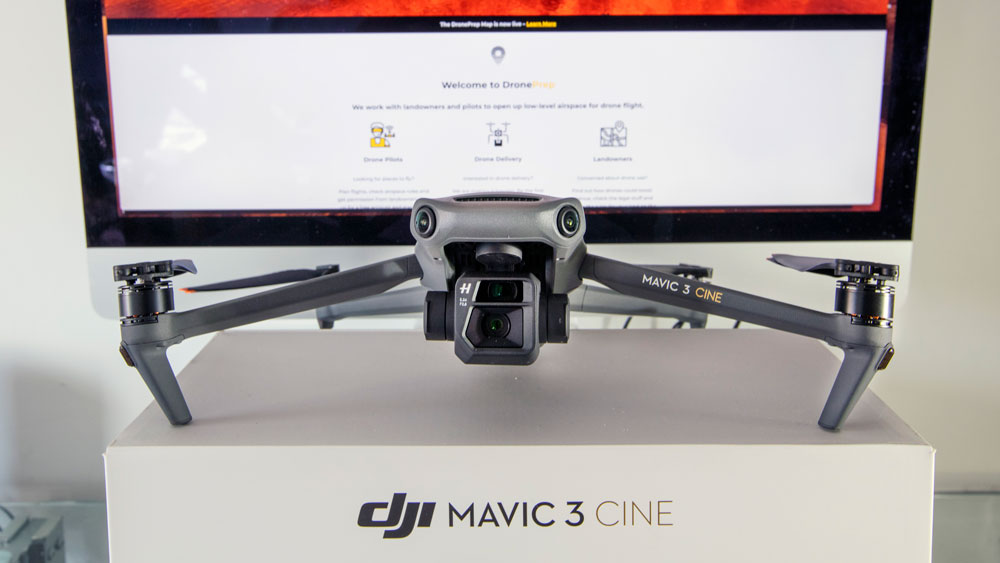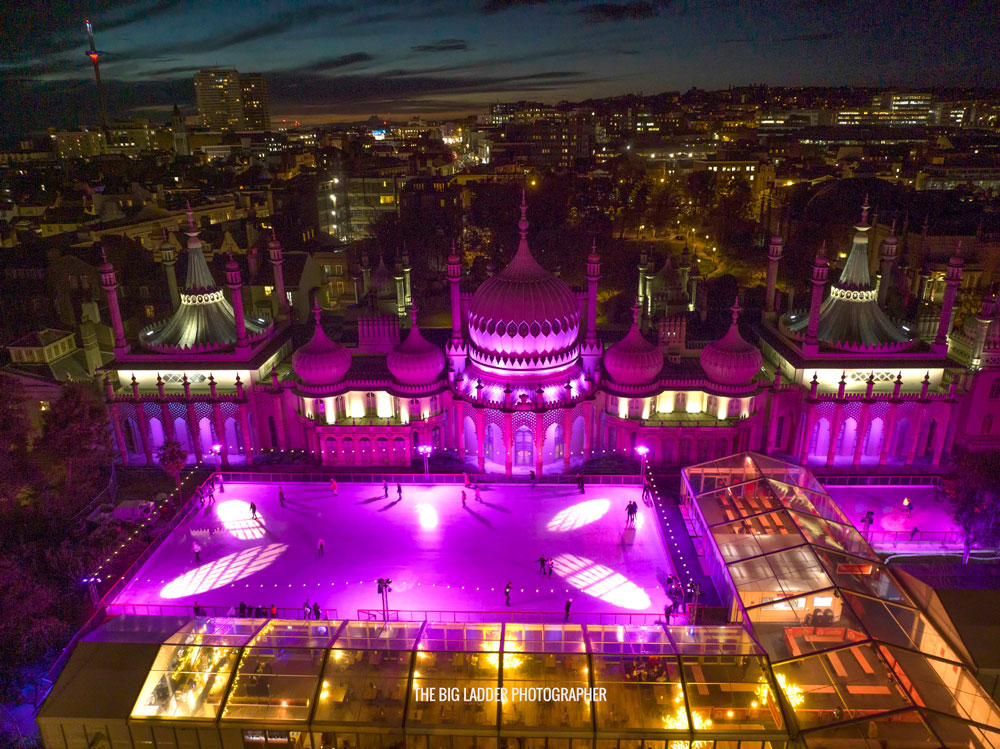Chris Gorman, The Big Ladder Photographer, is given early access to the DJI Mavic 3.
A month ago, I was asked by DJI if I would like to road test the much anticipated Mavic 3 Drone. Here are my findings…

As a photographer, the first thing to catch my eye is, of course, the completely redesigned Hassleblad camera. Essentially there are 2 cameras. One is a fixed 24mm lens with a sensor size of 4/3 20mp, the other is a zoom of up to 160mm with a 12mp sensor…
It should be noted that the zoom cannot be used in Raw mode only jpeg. Video-wise, the Cine version comes with the much-rumoured Apple Pro res format, as well as other video formats and frame rate options – more than the Mavic 2 Pro. These also include 4k at 60fps and 5K a 50fps.
I have been lucky enough to be supplied with the Mavic 3 cine version. This drone comes with the much awaited next generation smart controller. And a whole new operational layout

On first flight, the drone is noticeably quieter than Mavic 2 Pro. Though the real difference is in how agile and more responsive the drone feels. It also seems to handle breezy conditions better than the MP2. The drone literally sits anchored in one place.
As a photographer, my initial tests have centred on the performance of the stills camera. I was mostly keen to test the camera in low light, as with a larger image sensor it was likely to produce much improved results. I can confirm that this is the case. Far more detail in the blacks (when shot in raw mode). Video is also far more tolerant of higher ISO’s with some of my test footage shot at 3200iso with far less noise than the Mavic 2 pro.
The game-changing aspect of this drone for many photographers will, however, be the zoom. I found it simply astonishing, zooming to an equivalent of 160mm. This will be superb for those carrying out building inspections and also for media photographers in those situations where you are restricted on how close to the subject the drone can be. The zoom switches between both optical and digital during the zoom (I believe a firmware update is due to make this process smoother).

The most noticeable part of the drone design is that the new battery lasts some 46 minutes… or 40 minutes in strong winds. This again is a game-changer, no need for quite so many batteries and you will be able to keep the drone in the air for double the time. The battery compartment is also part of the change, the battery now inserts from the rear of the drone and not the top.
On the new smart controller, the menu system is far easier to navigate with a sliding system to scroll around menus, much like an iPad.
Obstacle avoidance has been given a huge redesign with “fisheye” sensors on all corners that will definitely help in those close situations.
As I continue to test I will post my results on my website and social media, but all in all a huge upgrade, especially for movie-makers.
Insta: @bigladderphotographer
Facebook @bigladder
Night images of London and Brighton are both Raw images taken at 800iso.

Chris Gorman (also known as The Big Ladder Photographer) is a fully CAA Certified (PFCO) who has been featured widely in media around the world. He is also DronePrep’s expert Pilot-in-Residence.
